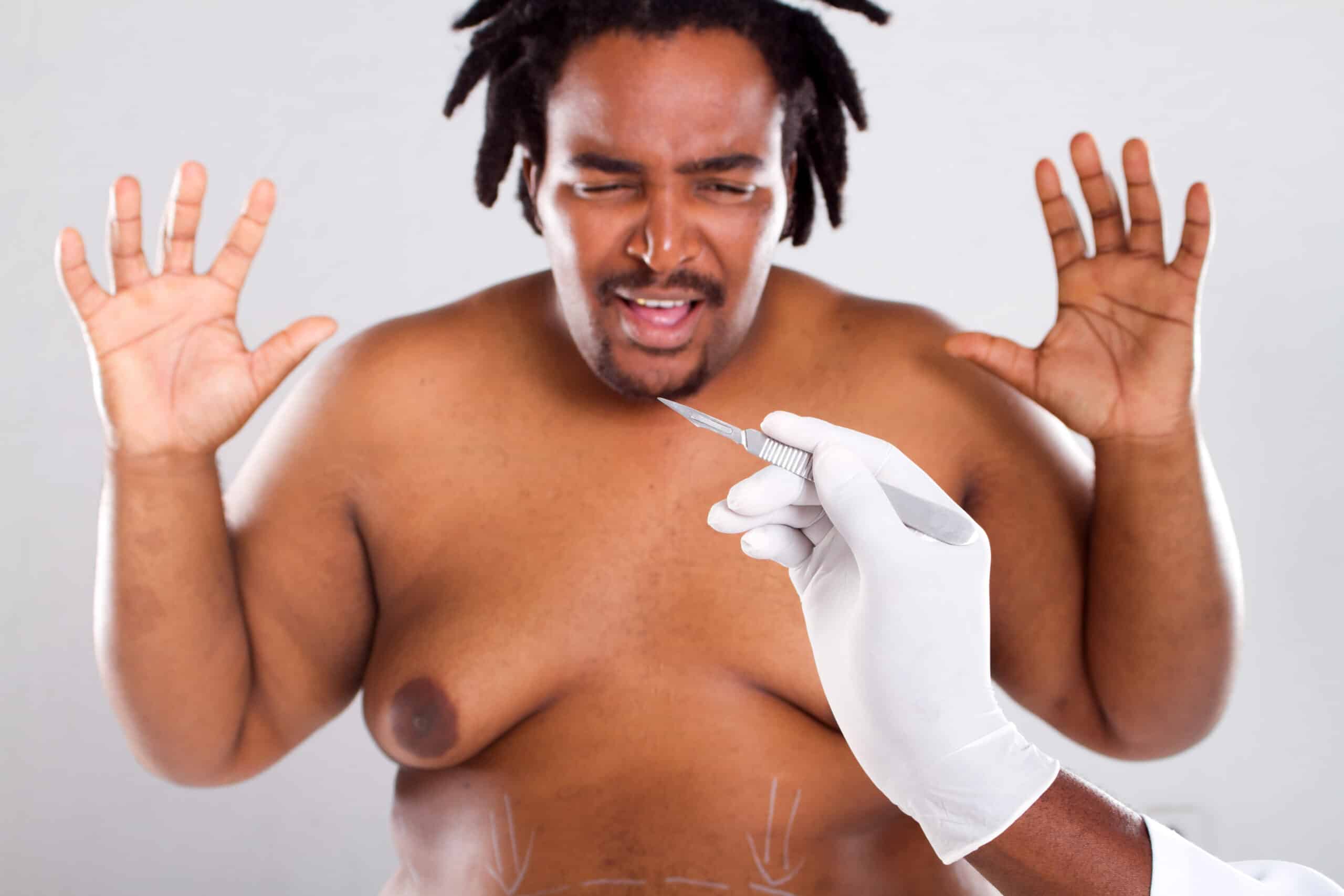Weight loss surgery has been proven to be an effective way to help treat obesity and its related conditions such as diabetes; the methods vary but the operations will typically shrink the stomach to limit how much a person can eat without feeling sick.
Although many people can achieve significant weight loss the results are not guaranteed, as it is still possible for the patient to overeat, the restrictive devices can slip, and stomachs can slo stretch back out and the patients can regain weight over time.
American guidelines typically reserve weight loss surgery for those that are severely obese with a BMI of 40 or higher, or those with a BMI of 35+ with related health problems such as high blood pressure or diabetes. Unfortunately the obesity epidemic is not getting any better in America, around 4 in 10 adults are obese and 1 in 10 are severely obese according to a recent government survey.
A break down of which procedures are leading to subsequent operations has not been provided by the American Society for Metabolic and Bariatric Surgery, but Dr. John Morton who is a past president of the group and surgeon at the Yale School of Medicine suggests that it is primarily being patients who got an adjustable and removable band to restrict stomach size, and the popularity of this band has waned over the years.
However, ReShape Lifesciences said that the company doesn’t think removal of the bands is fueling second surgeries. Dr. Mark Watson of UT Southwestern Medical Center says that another surgery is avoidable with proper band care, which may need adjustments to work.
Many patients are opting to use the sleeve, which accounts for 61% of American procedures, because it appears to be less complicated and drastic than bypass which involves stapling the stomach into a smaller pouch and shortening the intestinal tract; popularity of the sleeve is also contributing to the increasing number of returning patients. But the sleeve may not be the best option from some such as those who are severely obese, and being relatively new there isn’t strong enough data on long term use.
Those returning for a second surgery need to understand that having a second procedure can increase the risk of complications, and the right procedure depends on the individual situation to obtain the best results.
Following the sleeve the next most common procedure is traditional gastric bypass, which is considered to be more effective partly due to it limiting how much food can be digested. Both procedures are generally considered to be safe and are performed laparoscopically or through small incisions.
Having a second surgery doesn’t mean that the patient is regretting their decisions, as most report that they feel at the time they had the best option available to them at that time. But that doesn’t mean that they don’t wish they could have had a different route to take at the time so that a second surgery would possibly not be needed.




